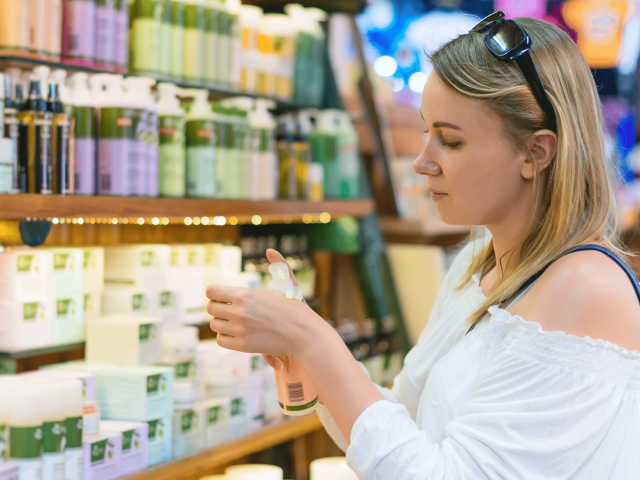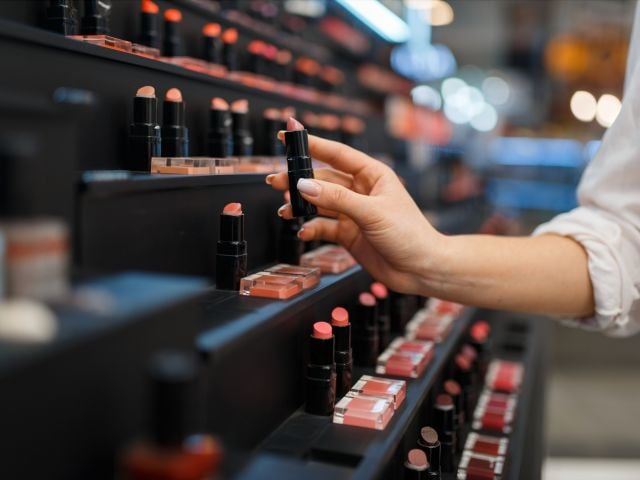WASHINGTON – EWG urged the federal Food and Drug Administration today to investigate whether certain ingredients used in sunscreens to boost SPF values are masking sunburn, the body’s main warning sign of skin damage, without providing additional protection from other types of UV damage.
In a letter sent to FDA Commissioner Robert Califf, MD, EWG called on the agency to “investigate the use of anti-inflammatories, antioxidants and other ingredients in sunscreen products, which may increase SPF measurements without shielding the body from UV light; as well as the correlation, if any, between protection from skin reddening, immunosuppression, long-term skin damage and cancer.”
EWG maintains that sunscreens are a valuable tool the public uses to protect itself from damaging exposures to ultraviolet radiation. If there are ingredients being used in some products that conceal sunburn without providing additional UV protection, consumers could be “lulled into a false sense of security and send more time exposed to harmful UV radiation without reapplying a sun-filtering product,” wrote EWG.
The number of products making SPF claims of 70 or greater has increased significantly over the last decade, as tracked through EWG's Guide to Sunscreens, published each year since 2006. Yet, the number of active ingredients available to U.S. manufacturers to reduce UVA exposure have remained the same.
“Something is going on when you see such dramatic increases, whether that’s through the use of additional inactive ingredients or stretching the limits of approved testing methods,” said David Andrews, Ph.D., an EWG senior scientist. “It’s imperative that the FDA overhaul its sunscreen testing and marketing requirements to ensure SPF claims are accurate and consumers get the protection they expect.”
Each year, more than 2 million Americans develop skin cancer. And, over the last four decades, the incidence of melanoma, the deadliest form of the disease has soared. In 1978, when the FDA first began its review of sunscreens, the rate of new melanoma cases was 8.9 out of every 100,000 people. By 2012, the rate climbed to 22.9 per every 1000,000 – an increase of 250 percent.
“Millions of Americans rely heavily on sunscreen as an important element in protecting themselves against the sun’s damaging rays, and rely on the SPF number as a measure of how effective the product will be,” Andrews said.
In its letter, EWG also called on the FDA to update its testing methodology for SPF values and finalize its proposed rule to cap SPF values at 50+.



